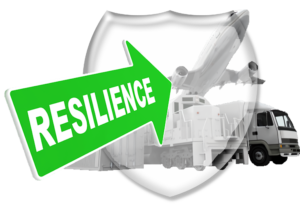Interesting comments by Art Hutchinson about Avian Flu. Reacting to recent news reports and to the Wyoming Pandemic Flu Summit, he writes:
…anyone’s ability to anticipate the course of such an unprecedented potential pandemic goes beyond complex and uncertain, entering into the realm of semi-informed speculation.
Sophisticated models are not terribly useful when the only meaningful reference point (the 1918 Spanish Flu outbreak that killed tens of millions) dates from a time when disease vectors were far different and the speed and sophistication with which knowledge could be disseminated in combating them were far less.
After discussing the limits of prediction markets in the context of Avian Flu, he continues:
Human behavior is notoriously hard to predict, as the vastly different evacuations of New Orleans and Houston last fall amply illustrate. And human behavior (of officials as well as ordinary citizens) is just one element in an impossibly complex set of interdependent variables whose interactions are likely to produce chaotic effects in the system. Computing power can only illustrate the uncertainties and generate an unmanageable raft of ‘scenario’. At least with weather forecasting we have deep, rich historical data on which to draw.
While the possibility of a pandemic must be taken seriously (infected birds from Asia are likely to make it to Alaska in a few weeks as a result of annual migration patterns, mixing with North American populations and spreading south to the Lower 48), close-in analysis of other recent catastrophes (e.g., 9-11’s impact on securities industry communication grids) has led us to observe that systems in which people are positive actors for recovery are far more resilient than media hand-wringing might lead us to believe.
Exactly. We would only add that people are positive actors for recovery, not only in the immediate, tactical sense, but also in their ability to create resilient systems — combinations of people, process and technology that respond flexibly and dynamically to unpredictable circumstances. The extreme unpredictability of Avian Flu means that rigid plans will be mismatched to the eventual facts on the ground. Dynamic response — through tactical human intervention, automated best practices, and the application of flexible, contingent rule sets, is the answer. In other words, at every level, from planning to systems design to execution, we need to be resilient.




